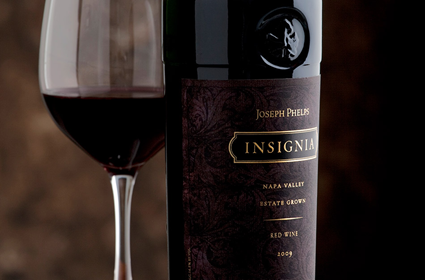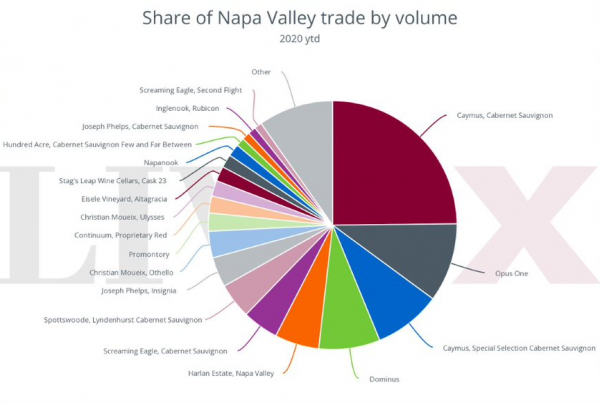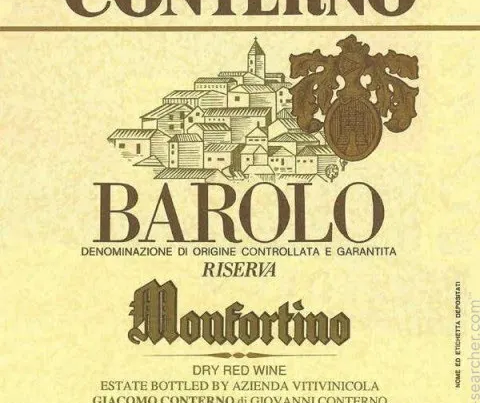Owner: Domaine Clarence Dillon S.A.S.
Appellation: Pessac-Leognan AOC
Classification: Premier Cru Classe (First Growth)
Vineyard area: 49 hectares
Average annual production: 8,500 – 10,200 cases (Chateau Haut Brion), 550 – 650 cases (Chateau Haut Brion blanc)
Colour: Red and white
Standard Blend: 46% Merlot / 42% Cabernet Sauvignon / 11% Cabernet Franc / 1% Petit Verdot
Second wines: Le Clarence de Haut Brion / La Clarte de Haut Brion (white)
History
In 1533, civil and criminal court clerk, Jean de Pontac purchased the deeds to Haut Brion. However, the estate did not begin to gain an international reputation until 1660, when the cellar book of King Charles II of England notes the purchase of “169 bottles, in a single shipment, of Hobrion [Haut Brion] […] at the price of 21 shillings and 4 pennies per bottle”. This was the name by which the wine would come to be known.
The property remained in the Pontac family until 1749 when it was inherited by Joseph de Fumel. After the fall of Bastille in 1789, Fumel was elected Mayor of Bordeaux. However, in 1794 he was arrested and guillotined by the revolutionaries, who confiscated Chateau Haut Brion.
In 1855 Haut Brion was listed as one of the four First Growths, along with Margaux, Lafite and Latour. Joseph’s grandson Eugene took over the family estate in 1873, before famously stating that “phylloxera will not dare show its face here!” The pest then devastated the vineyard in 1880, forcing Eugene to completely reconstruct his vines using Vitis Riparia rootstocks.
After several years between hands, Haut Brion was sold to the American Clarence Dillon in 1935. Clarence appointed his nephew Seymour Weller to oversee the property. Clarence’s granddaughter, Joan Dillon, succeeded Seymour Weller in 1975. After a previous marriage to Prince Charles of Luxembourg, Joan married Philippe de Noailles, the duc de Mouchy. While Philippe served as managing director from 1979-1983, Joan remained the owner of the estate. Joan’s son from her previous marriage, HRH Prince Robert of Luxembourg was named managing director of Chateau Haut Brion in 2002 and took over ownership of Domaine Clarence Dillon from his mother in 2008.
Market Performance
The Haut Brion index – which tracks the price movements of the last ten physical vintages – is up 31.7% since the market’s low in July 2014. This makes Haut Brion the second best performing First Growth since the turn of the market, pipped only by Mouton Rothschild which is up 35.4%.
Market Value
Out of the First Growths, Haut Brion has the highest average score across the ten most recent physical vintages and the most 100-points scoring wines, but it also has the lowest average Market Price. This gives Haut Brion the lowest POP* score, Liv-ex’s loose measure of value, where the lowest POP indicates the greatest value for money.
Looking at individual wines, Haut Brion dominates the table of those appearing to offer best value. Of the ten wines with the lowest POP scores, six are Haut Brion vintages, two are Margaux and two are Mouton Rothschild. The top spot – the wine appearing to offer the best relative value – is taken by Haut Brion 2012. It has a POP of 188.6. By way of comparison, the wine with the highest POP is Latour 2010: with 100 points and a market price of £10,750, its POP score is 537.5.
The chart above compares First Growth Market Prices against their Wine Advocate scores. The trend line highlights the relationship between score and price. Wines below the trend line appear to offer better value, for example Haut Brion dominates below the trend line and the 2012 vintage appears to offer the best value.
Acclaimed vintages
Haut Brion is the only First Growth to score 100 points for all three of the great vintages – 2005, 2009, 2010 – of the last ten years. There is a very clear difference in price between Haut Brion in these vintages and those from ‘off’ years, with ’05, ’09, and ’10 priced in the range of £6,200-£6,430, and all other physical vintages below £3,450.
The recently released 2015 sits between the “great” years in terms of price, and followers of Neal Martin might find value here. Martin awarded the 2015 vintage 98-100 points in barrel and described the wine as ‘a veritable kaleidoscope of aromas’.
Of the recent vintages, 2013 and 2008 have been the top performers over the past 12 months, up 42.1% and 35.3% respectively. The 2014 followed close behind with a 35.1% increase. Despite the percentage increases, these continue to be among the cheapest vintages on the market. The 2012 has the smallest increase in price, but was already trading at the highest vintage price (except for the great vintages) a year ago.
*A wine’s POP score is its price-over-points ratio, our loose measure of value. It is calculated by dividing the price of a nine-litre case of wine by a shortened 20-point score (scores from The Wine Advocate). We have calculated this 20-point score by simply subtracting 80 from the official rating (for barrel-score spreads we use the mid-point of the score), on the basis that any wine under 80 points is unlikely to attract a secondary market. In theory, the lower the POP score the better value a wine is.
[mc4wp_form id=”18204″]










